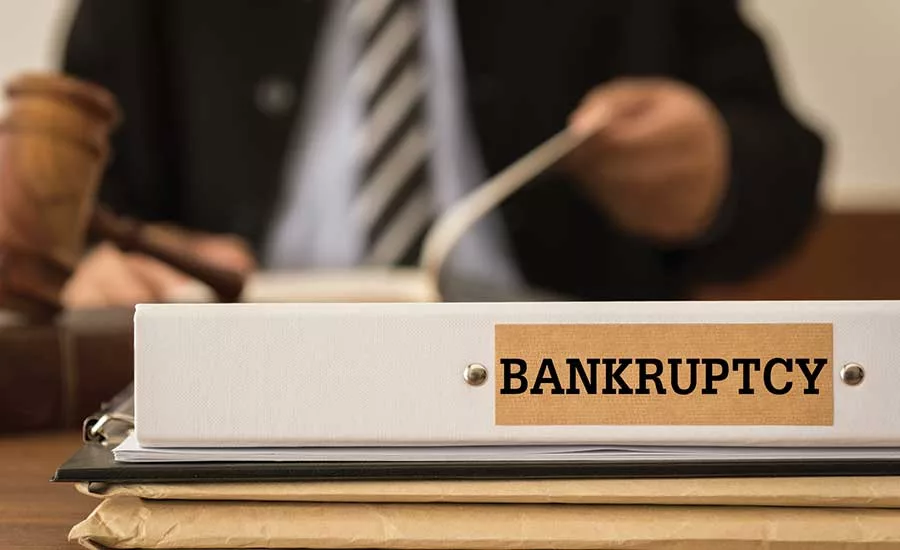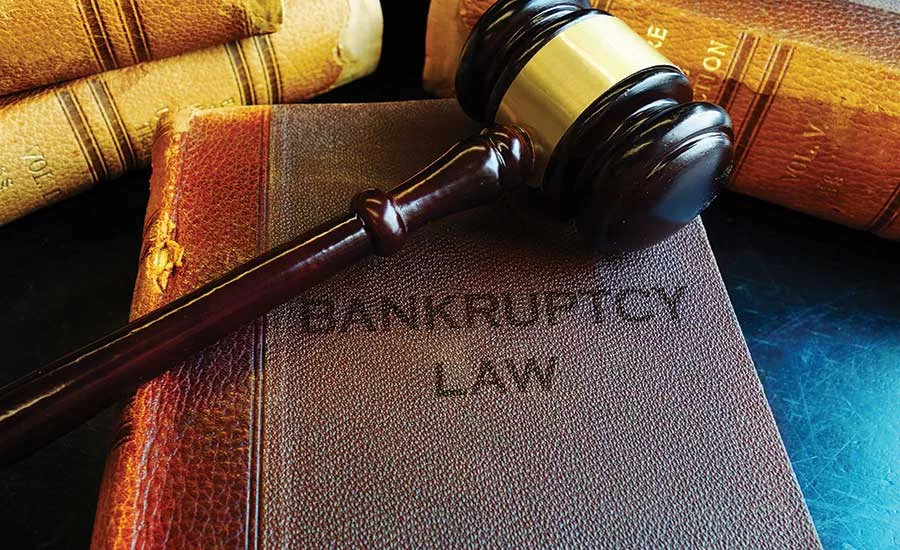Construction Creditors in Bankruptcy
The many moving parts can create extra confusion when trying to determine how to collect on debts.


Bankruptcy is a court-supervised system to oversee the payment of debts and to assure that a debtor can reorganize and start fresh. As business owners, contractors often find themselves in the position of needing to collect on a debt whether it’s from an owner for work already completed, or from a judgment for deficient work by a subcontractor. In addition, because construction projects often involve long chains of contractors, subcontractors and suppliers, the many moving parts can create extra confusion and difficulty when trying to determine how to collect on those debts. When one of the entities in the chain files a bankruptcy case, it’s important to know what collection avenues are available and when collection must stop to avoid violating any federal bankruptcy rules and an accompanying sanction. This article is intended to explain some basic considerations for creditors who are unexpectedly pulled into a bankruptcy case.
Know the Chapters
Chapter 7
Chapter 7 cases are filed when the debtor (whether it’s an individual or a business) is liquidating its assets, paying off its debts according to the priority and procedure in the bankruptcy code, and getting those debts legally discharged (forever wiped away). When a business files Chapter 7, that usually means it’s winding up and will cease to operate. A court appointed trustee takes control of the debtor’s property (known as the estate). The trustee has the power to buy, sell, lease or otherwise distribute the property in the estate and pay the debts of the debtor-company. The trustee will investigate the debtor’s finances, liquidate the estate property (if any can be found) and pay the creditors according to the priority rules. Secured liens are usually either avoided or satisfied by turnover of the secured property to the creditors. The claims of unsecured creditors (a creditor with no lien) receive a very low percentage of the original amount (10 cents on the dollar is a common estimate) and are discharged once the trustee is finished with the process.
Chapter 13
In Chapter 13, the goal isn’t usually to liquidate, but rather to reorganize and pay on debts over several years. The debtor must file a plan proposing to pay debts over a period no longer than five years within the priority rules in the bankruptcy code. The plan is subject to review and objection by all of the creditors. The debt doesn’t get discharged until the plan’s payments are all completed. This chapter usually only applies to individuals, so construction claims usually relate to personal residences of people who file bankruptcy during or soon after work is completed.
Chapter 11
Chapter 11 is the most complex of the three chapters being discussed here. Chapter 11 is designed to reorganize businesses because the plans allow for more creativity with payment remedies and can last longer. In Chapter 11, creditors have more power because they get to vote on whether to approve the plan as opposed to Chapter 13, in which the court can approve a plan despite objections from the creditors. The remedies for creditors in Chapter 11 are like the other chapters; creditors with liens receive either payments for their lien amounts or surrender of the secured property, and creditors with unsecured contractual claims receive minimal payment and then their claims are discharged.
What Can Happen
The Automatic Stay
The chapters are distinct but there are some basic concepts common to all chapters. One such concept is that the filing of a bankruptcy case triggers what’s called the automatic stay. The automatic stay is a part of the bankruptcy code that requires any debt collection against the debtor or property of the debtor to stop immediately. Any attempts to collect on debts after the case is filed can result in a severe court sanction. The courts require the debtor give any creditors notice of the bankruptcy case so they’re warned not to collect in violation of that rule. The best practice for any contractor who’s received a notice or suggestion of a bankruptcy case from another on a project is to make sure not to contact the debtor related to a debt in any way, make sure any lawsuit against that debtor stops immediately, and notify an attorney to review your concerns. Also, don’t attempt to record a claim of lien on property owned by the debtor.
Lien Avoidance
In bankruptcy, the trustee has the power to avoid certain liens under what are called “strong arm powers.” These powers apply to unperfected liens and many types of judgment liens. Fortunately, those powers usually don’t apply to a mechanics lien applicable to contractors because that lien is created by a statute rather than a judgment. Therefore, following the state law procedure to perfect a lien (i.e., giving notice to owner and any contractor higher up in the chain and recording your claim of lien on time) is very important to securing your priority in a bankruptcy case.
Executory Contracts
One of the biggest questions facing contractors who are pulled into a bankruptcy case is how they should handle the work going forward. The answer will largely depend on how the debtor chooses to treat the contract under bankruptcy law. The bankruptcy code allows the trustee to choose to reject or accept any executory (incomplete) contract. The decision of which one the trustee chooses will depend on whether or not the bankruptcy estate stands to financially benefit from completing the contract. If the trustee accepts the contract, the contract gets completed as planned. The trustee would have to pay any past due amounts on the contract and should provide the parties with some assurance that the debtor can and will complete the contract. If the trustee rejects the contract, any damages resulting from that can be sought through the bankruptcy claims process. Anyone owed money for improving or maintaining bankruptcy estate property after the case is filed is entitled to very high priority of payment.
What to Do
Some good practices to follow to make sure you’re prepared in case you become a creditor in bankruptcy are: 1) Make sure that your liens are properly recorded as quickly as possible because creditors with liens have a much easier time collecting in bankruptcy than otherwise; 2) Keep good records of what you’re owed from any superior contractor or owner; 3) Take note of any financial information you might get from other contractors or owners who owe you money. Many times, debtors try to hide large assets or cash in anticipation of filing bankruptcy, which, if not declared, can constitute bankruptcy fraud. Any financial information you have from a bankruptcy debtor that doesn’t match their court disclosures might assist the trustee in collecting or might entitle creditors to avoid the discharge.
A very important point is not to stop work just because someone on a project filed for bankruptcy. Stopping work would likely break your contract which could translate to a claim against you by the bankruptcy estate and could offset any claim you have in the case. Finally, make sure that if you intend to get paid through a bankruptcy trustee that you file your claim on time. Your deadline to make a claim is usually listed on the notice of the case and can be found through research of the online case information.
In any case, it’s important to consult with your attorney about the best strategy for completing the job or determining when it’s appropriate to cut your losses. Creditors in bankruptcy often don’t find themselves with much expectation of collecting, so it’s important to protect yourself if you suspect you might be pulled into bankruptcy court.
Author’s note: The information contained in this article is for general educational information only. This information doesn’t constitute legal advice, isn’t intended to constitute legal advice, nor should it be relied upon as legal advice for your specific factual pattern or situation. Regulations and laws may vary depending on your location. Consult with a licensed attorney in your area if you wish to obtain legal advice and/or counsel for a particular legal issue.
Looking for a reprint of this article?
From high-res PDFs to custom plaques, order your copy today!







